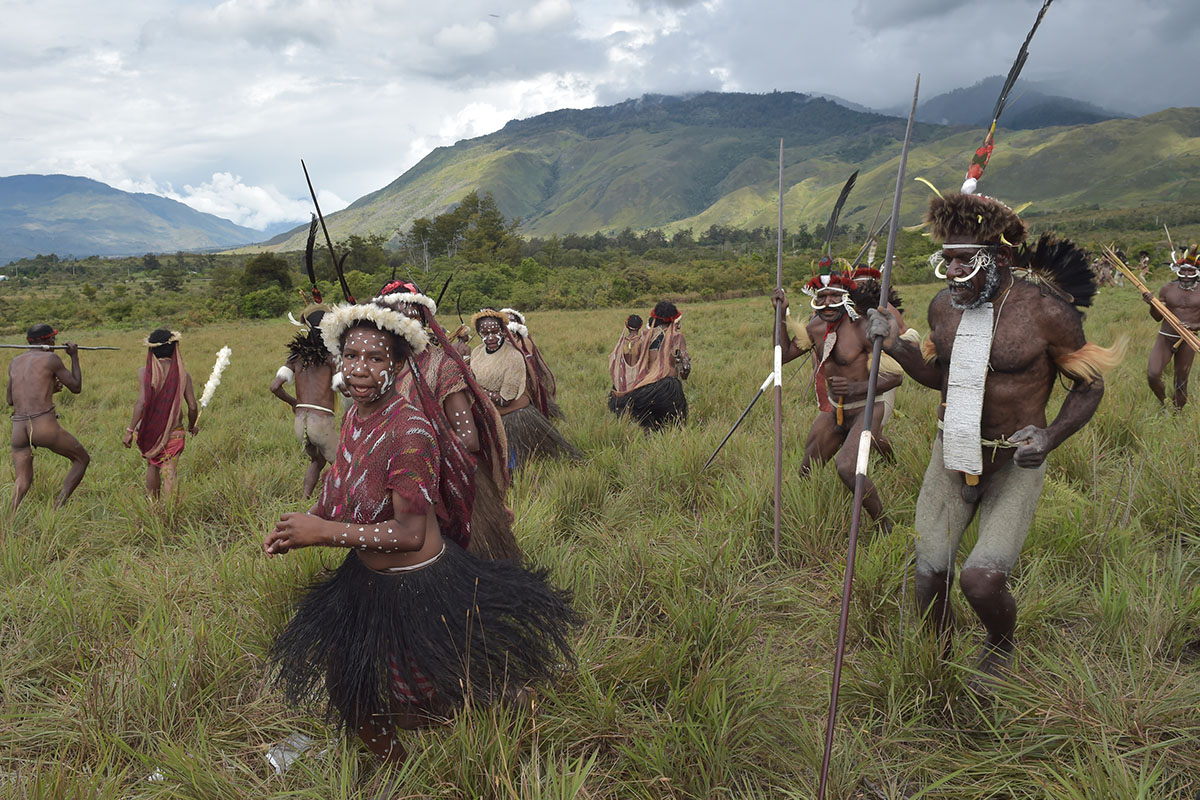Situated close to the equator, the Southeast Asian region is well known for its rich biodiversity and natural tourist attractions. Every year, thousands of holidaymakers from all around the world travel to this region searching for a vacation experience that could get them through another year at work.
In recent years, tourist arrivals within the region have increased steadily. Based on the latest statistics released by the ASEAN (Association of Southeast Asian Nations) secretariat, the region attracted a total of 108.9 million tourists in 2015 alone. The regional travellers from neighbouring ASEAN countries made up the bulk of tourist arrivals, 57.8 percent of tourists came from countries outside of the region. Meanwhile, the association aims to attract 121 million tourists by the end of 2017 through its VisitASEAN@50 Golden Celebration tourism campaign which was launched on January 17, 2017.
From an economic perspective, travel and tourism contributed to five percent of the region's GDP (gross domestic product) and an additional 7.4 percent in indirect and induced GDP. At the same time, over 32 million jobs across the 10 ASEAN member states were supported by travel and tourism. The World Travel and Tourism Council also forecasted that a total of 782 billion dollars worth of travel and tourism investment will be made in the region over the next decade, which amounts to almost 10 percent of total global investment in the sector. Cambodia benefits the most from this sector, followed closely by Thailand, Myanmar, Brunei and Indonesia.
While most travellers may be familiar with the sandy white beaches and exotic cities within the region, many are still unaware of the beautiful mountains that Southeast Asian countries have to offer. Due to its unique geographical location, the region lies near the intersection of geological plates which are the source of heavy seismic and volcanic activities. The mountain ranges in Myanmar, Thailand and Peninsula Malaysia are part of the Alpide belt – also known as the Alpine-Himalaya orogenic belt. On the other hand, the Philippines is part of the famous Pacific Ring of Fire.
Unlike Europe, the United States or South Asia (the Himalayas in particular), mountain tourism within the Southeast Asian region is still considerably under-developed. Apart from that, not many researches have been conducted to study the potential of mountain tourism in this region.
According to a study done by Vlatko Andonovski, the Vice Dean of the Faculty of Forestry, University Ss. Cyril and Methodius in Macedonia, mountain tourism contributes to about 15 to 20 percent of the tourism sector globally – or 70 to 90 billion dollars annually. 140 mountain areas have also been designated as biosphere reserves by the UNESCO (United Nations Educational, Scientific and Cultural Organization).
The main reasons that attract tourists to the mountains include the cool climate, clean air, varied topography, breath-taking natural sceneries, local traditions, simple lifestyles and outdoor sports.

In this picture taken on August 9, 2016, Dani tribespeople perform a mock tribal war battle during the 27th annual Baliem Valley Festival in Walesi district in Wamena, Papua Province of Indonesia. (AFP Photo/Adek Berry)
Indonesia
Indonesia is the largest archipelagic country in the world. Puncak Jaya (4,884 metres) – or the Carstensz Pyramid – is the highest summit of Mount Jayawijaya located in the Sudirman Range of the western central highlands of the Papua Province. Access to the peak requires a government permit. However, climbers could also access the peak through various adventure tourism agencies as of 2006. The mountain is about 100 kilometres from the nearest sea.
Other popular mountain destinations within the country include Mount Rinjani (Lombok), Mount Bromo (East Java), Mount Semeru (East Java) and Mount Agung (Bali). Most of Indonesian mountains are also volcanoes.
Malaysia
Mount Kinabalu (4,095 metres) is the most well-known mountain in Malaysia. Situated in the Sabah state of East Malaysia, its highest peak – the Crocker Range – is also the highest mountain in the country as well as in Borneo. Aside from its iconic topography, Mount Kinabalu is one of Malaysia's first national parks and is also the nation's first World Heritage Site designated by UNESCO in 2000.
Cameron Highlands and Genting Highlands are the other popular mountain tourism spots in the country.
Thailand
Situated in the Chom Thong district of the Chiang Mai province in Thailand, Doi Inthanon (2,565 metres) is the highest mountain of the land of smiles. The name of the mountain was given in honour of King Inthawichayanon, one of the last kings of Chiang Mai, who was passionate about forest preservation in northern Thailand. It is also one of the most popular tourist destinations in the country.
The Khao Mokoju (Kampaengpet province), Doi Phatang (Chiang Rai province) and Phu Langka (Phayao province) are some of the mountains in Thailand that are worth visiting for their breath-taking natural sceneries and otherworldly rock formations.
Myanmar
Despite the ongoing Rohingya crisis, Myanmar offers one of the region's most alluring mountain ranges. The Hkakabo Razi (5,881 metres) is Myanmar's tallest mountain that is located in the Kachin state, north of the country. It is also the tallest mountain in the Southeast Asian region. The peak is enclosed within the Hkakabo Razi National Park and is characterised by its broad-leaved, evergreen rain forest. Additionally, the national park is the last stronghold for biodiversity in Myanmar, rich in flora and fauna.
Aside from the Hkakabo Razi, Mount Popa – an extinct volcano that contains the shrine of the Mahagiri Nat spirits – is another popular mountain tourism spot in Myanmar.
The Philippines
Mount Apo (2,954 metres) and Mount Dulang-dulang (2,941 metres) of the Philippines are two of the tallest mountains in the archipelagic nation. Located in Mindanao – its second largest island – Mount Apo was declared as a national park in 1936 by former president Manuel Quezon and is home to 272 bird species.
Vietnam
The Fansipan (3,143 metres), located north of Vietnam, is the nation's tallest mountain. It is also dubbed the "Roof of Indochina." Since May 11, 2013 tourists are able to ride the cable car to the top of the mountain. On the other hand, the Phu Si Lung (3,076 metres) is second tallest mountain in Vietnam and it borders China.
Cambodia, Lao, Brunei and Singapore
Phnom Aural (1,813 metres) is the tallest peak in Cambodia and is a stronghold for biodiversity. In Lao, the tallest mountain, Phou Bia (2,819 metres), is located in a remote area of the country and is surrounded by a jungle. Meanwhile, Brunei's highest mountain, Bukit Pagon (1,850 metres), is home to the pitcher plant species known as the Nepenthes lowii. In Singapore, the Bukit Timah hill (163.6 metres) is a residential area despite being the highest point in the island nation.
As illustrated above, the Southeast Asia region is home to a wide range of mountains that are rich in biodiversity. One could only hope that the governments of these Asean member states would put in more effort into developing these natural treasures as tourist hotspots in order to attract more tourists and subsequently reap the benefits from mountain tourism.
